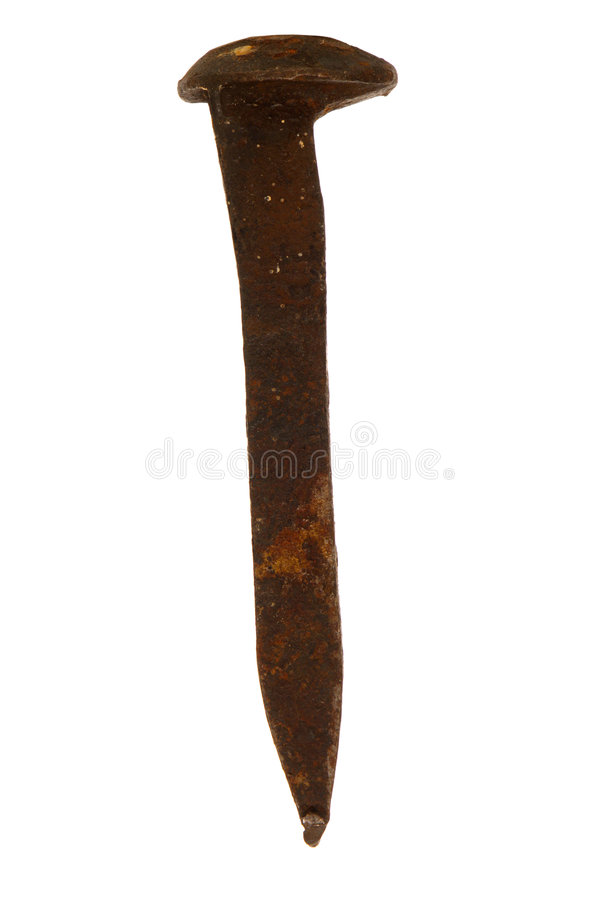
If you want to cut a HC rail spike mechanically (like with a blade instead of with a cutting torch) then you may want to anneal it. The file set is under $100 so it’s a lot more affordable. It’s not exact as a Rockwell testing machine, but those things usually are usually around $1200. Even if you don’t, it’s nice to know how hard something is before you trash your band saw blades when it never stood a chance of cutting. They work surprisingly well and it’s a really handy kit to have if you do your own heat treating. That’s a link to the set that I’ve been using for years. If you want a reasonably accurate method of determining how hard a metal is and don’t mind spending some money to add to your toolbox, using special hardness testing files is the most economical way of testing a range of hardnesses that I’ve found. That only works when the metal is harder than the file, and railroad spikes don’t get that hard.Įven then, you’re not going to know what the actual composition is from just heat testing since there are a lot of spikes that are low alloys with copper, manganese, and who know what in them. Since no rail spikes are high carbon steel, you’ll never get a regular file to skate across the hardened metal instead of biting in. Try heat treating it to see if you can harden it. Honestly, the best way to figure out what an old spike is made from is to just test it a bit. One place to find them online is McMaster-Carr. You can usually get them for $2 or $3/pop in small quantities. Or, if you have a batch of items that you want to make and sell, buy new ones. Ideally, get your spikes from leftovers tossed out from rail repair jobs. Really old spikes could be made of anything. There are two really popular kinds of rail spikes: low carbon and higher carbon.įrom what I’ve researched, the low carbon spikes have been phasing out since the 70’s in most areas in favor of the tougher higher carbon ones. Unless you have a metallurgist buddy, that is.

Ok, maybe I didn’t do that great of a job with naming that heading – something along the lines of “likely variations” might be better…īasically, unless you’re buying brand new rail spikes that are certified and you also buy the standard that they were manufactured to (usually around $40-$50), it’s almost impossible to know exactly what’s in them. This will further help to prevent cracking. Sometimes they’ll be a bit of an alloy, with metals like copper mixed in to help make them more malleable. If anything, they’ll have less carbon and therefore won’t get as hard.

Rail spikes usually aren’t an exact equivalent though. You won’t see it used for cutting tools, since it won’t hold an edge that well. That’s why it’s commonly seen in applications like heavy duty gears and shafts. It’s a “workhorse” steel – it’s tough and can handle a load well. The low carbon spikes are essentially mild steel.ġ045 is heat treatable. That’s about the rough equivalent of a 1045 steel. That’s why a rail spike that’s labeled HC (higher carbon) will only have about 0.4% carbon. In the standard it actually says that it must conform to the requirements for A36 steel, which is public information.

This is the higher carbon steel Category 3 This is where it states that there are 3 general categories of track spike. It’s a current standard that controls the requirements for railroad spikes, and it was last reviewed back in 2013. That’s the standard that I’m drawing my information from.

So the metal needs to be soft enough to bend without shattering. So it’s not practical for it to be too hard.īut a rail spike that’s bent can still do its job. If you whack it with a hammer, it’ll crack.Ī shattered rail spike holds no track (ancient Chinese proverb? If it’s not it should be). When a steel has a high carbon content and is heat treated so that it’s hard, it becomes more brittle. It needs to be strong and tough to do its job. It’s not subjected to wear like the track is. Required PropertiesĪ railroad spike holds the track in place. Ok, to understand what the material is like, we should preface this with what it’s intended to do.


 0 kommentar(er)
0 kommentar(er)
